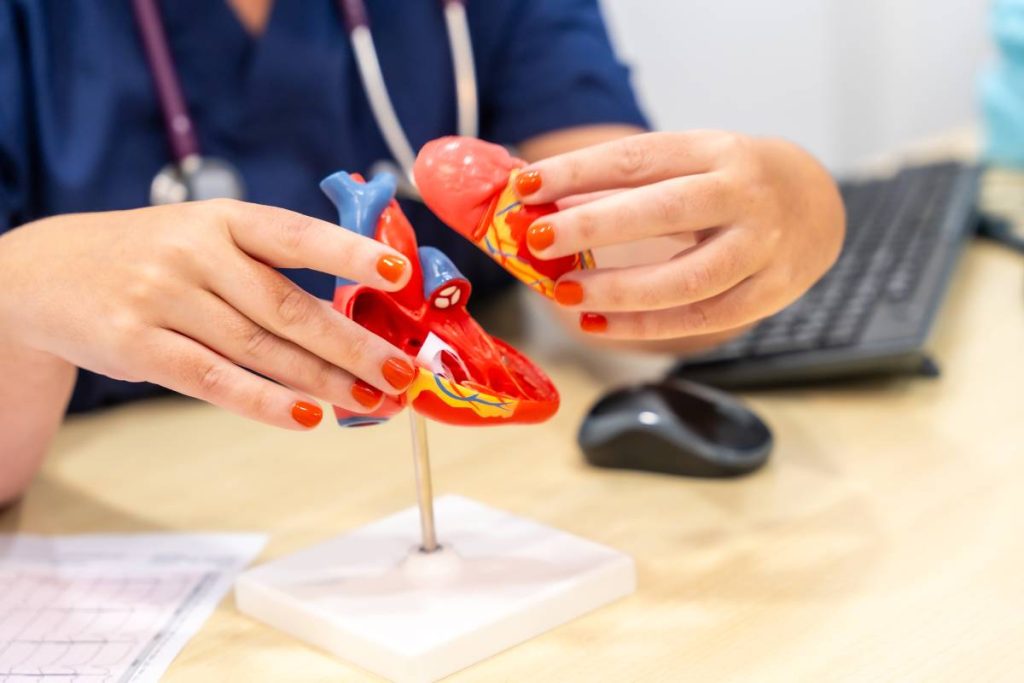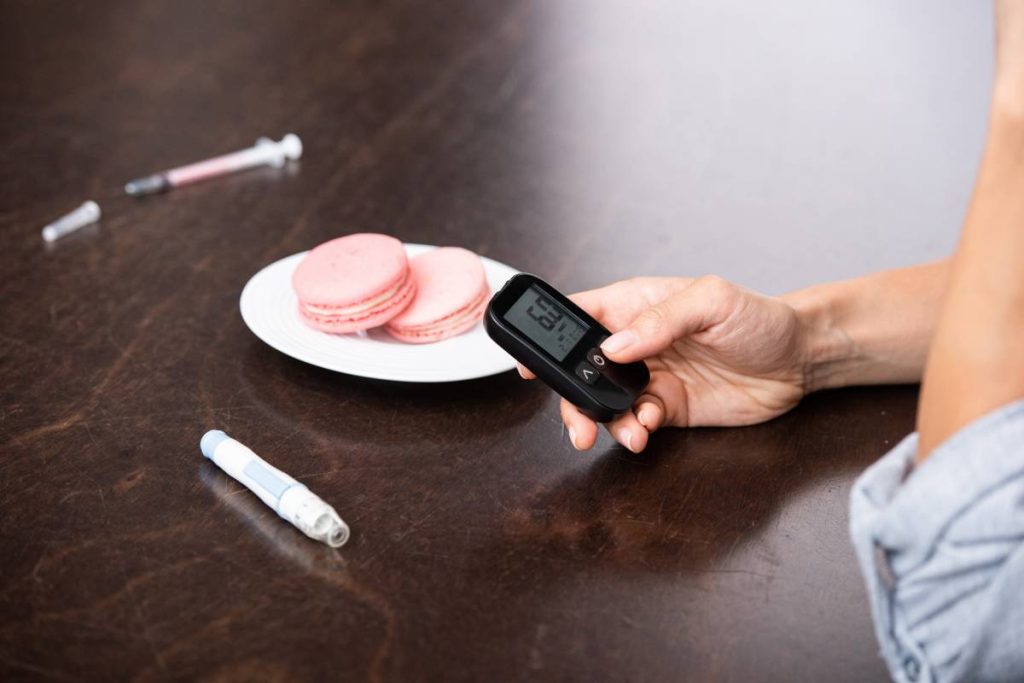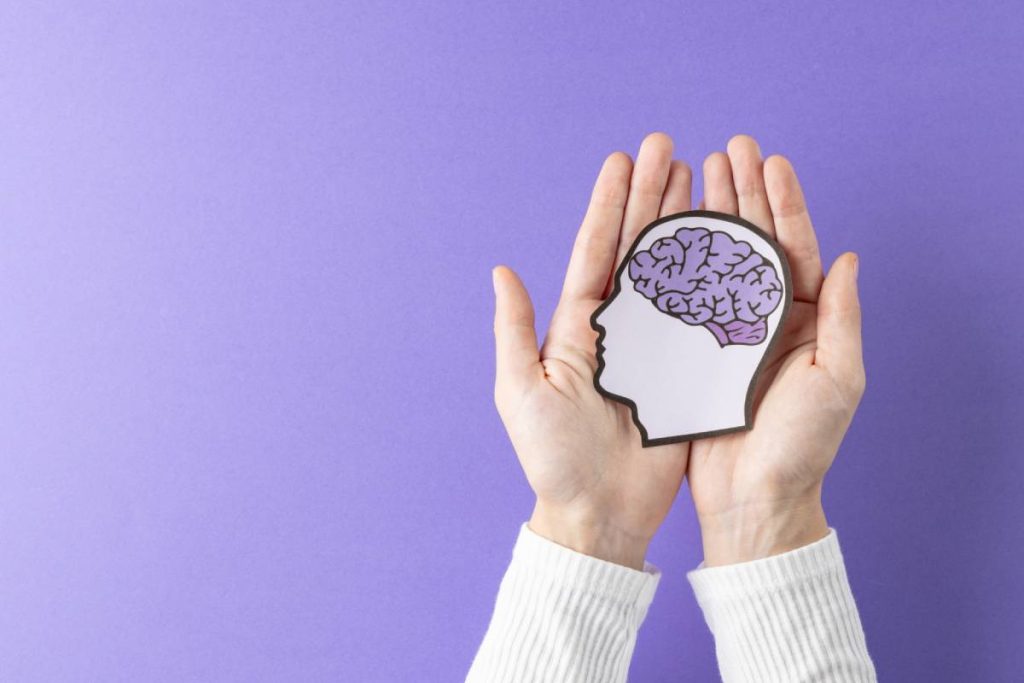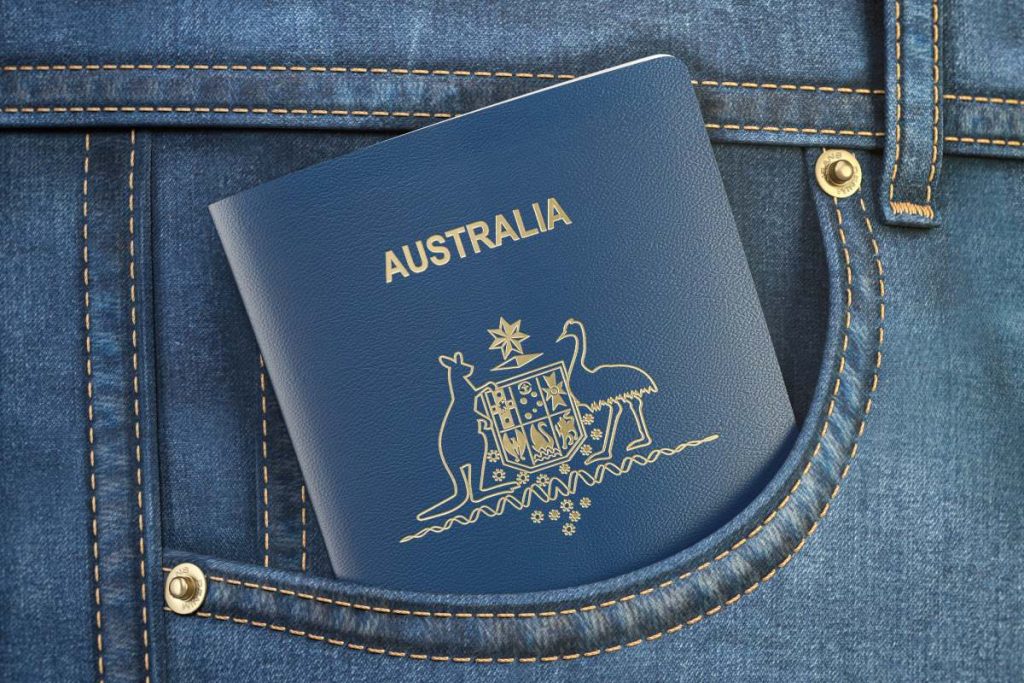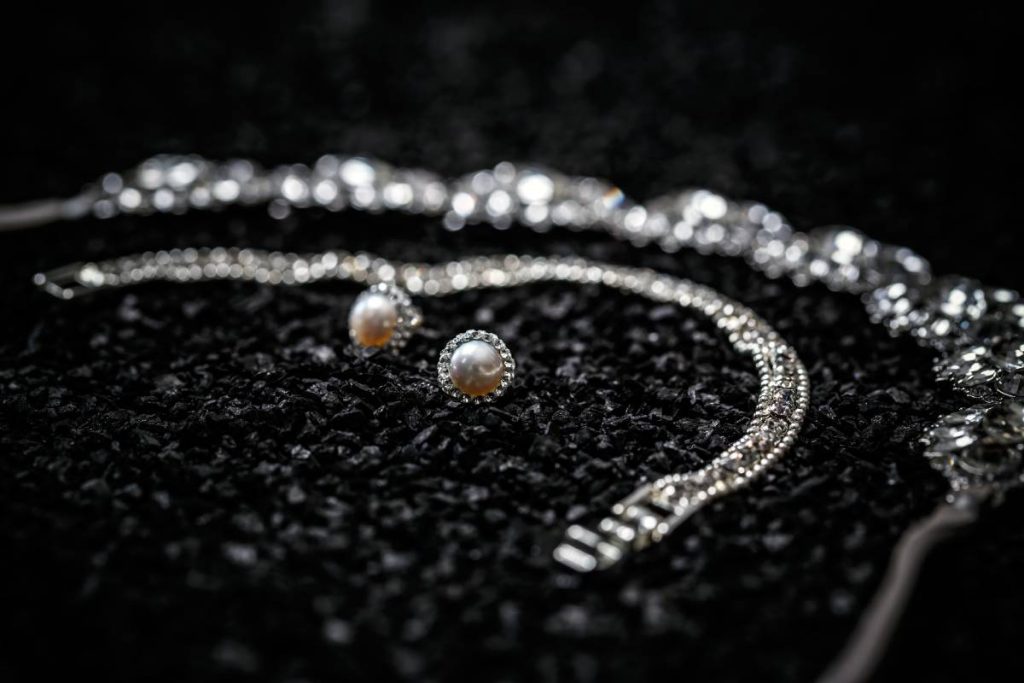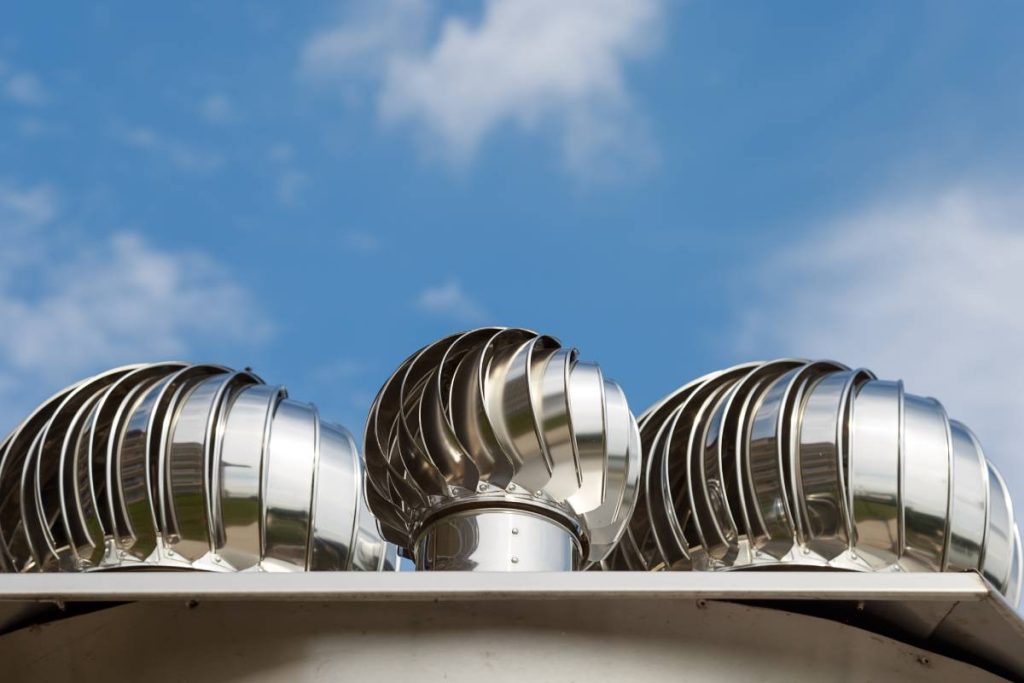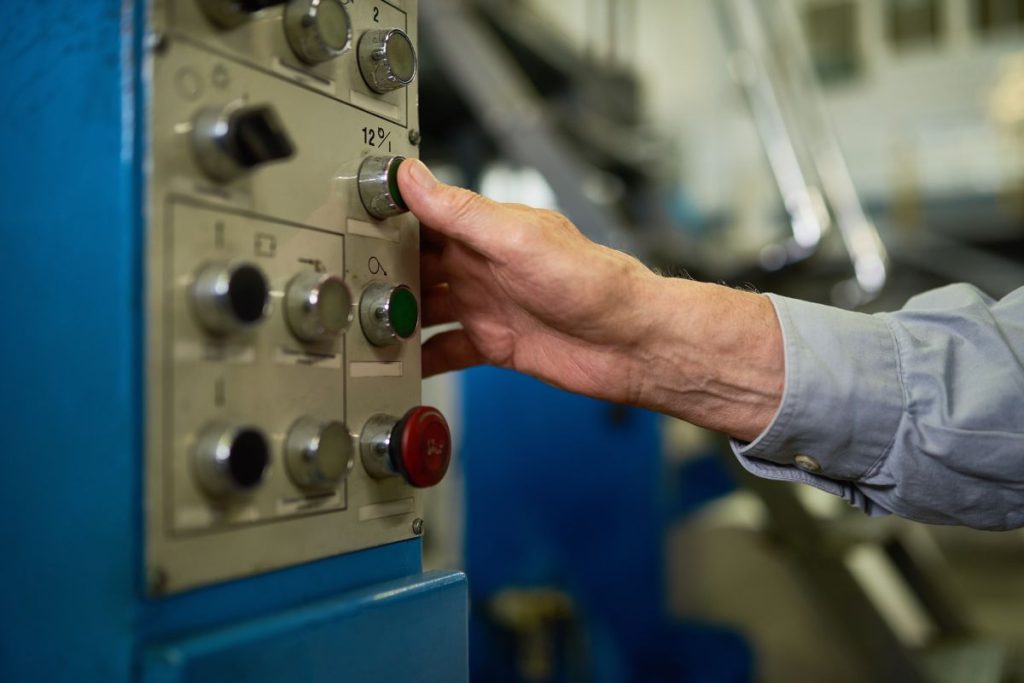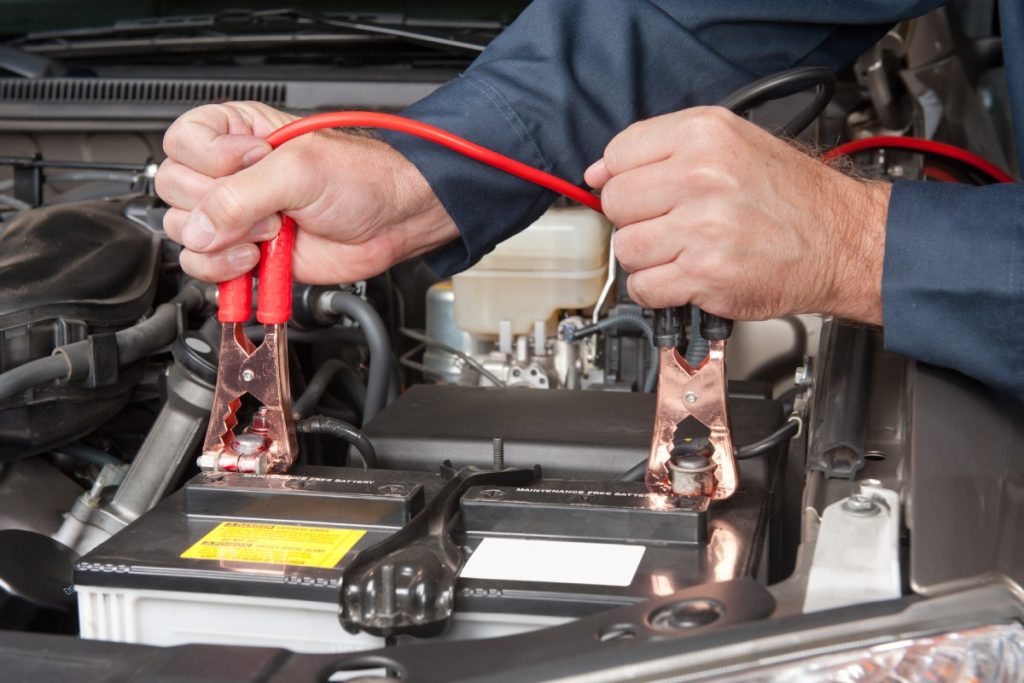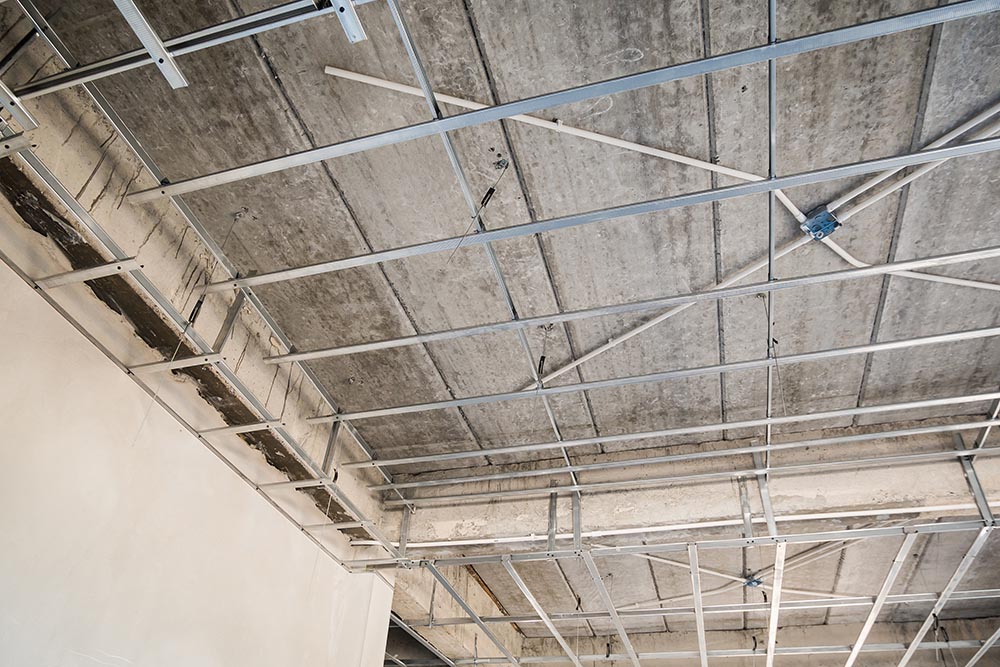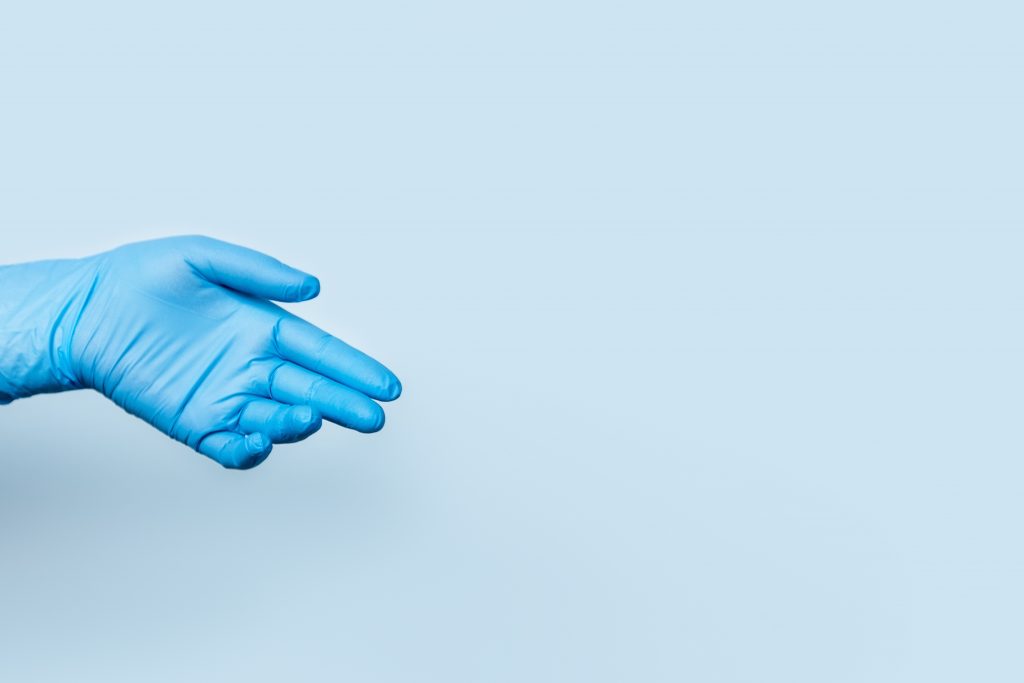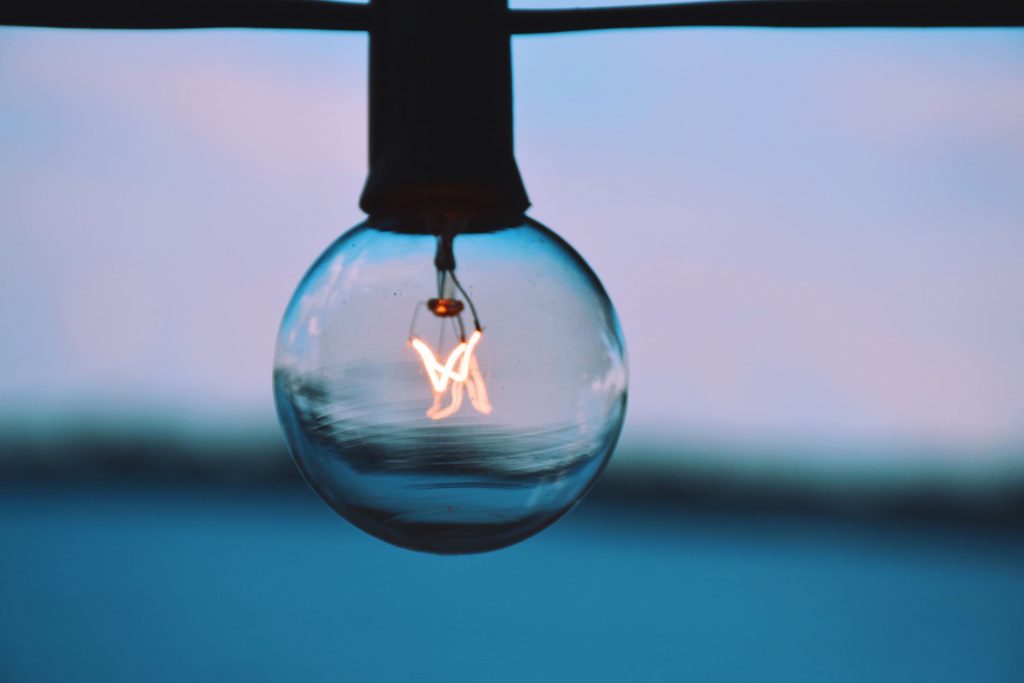What are AC and DC in electricity? What is the different power used for? Is a car battery AC or DC?
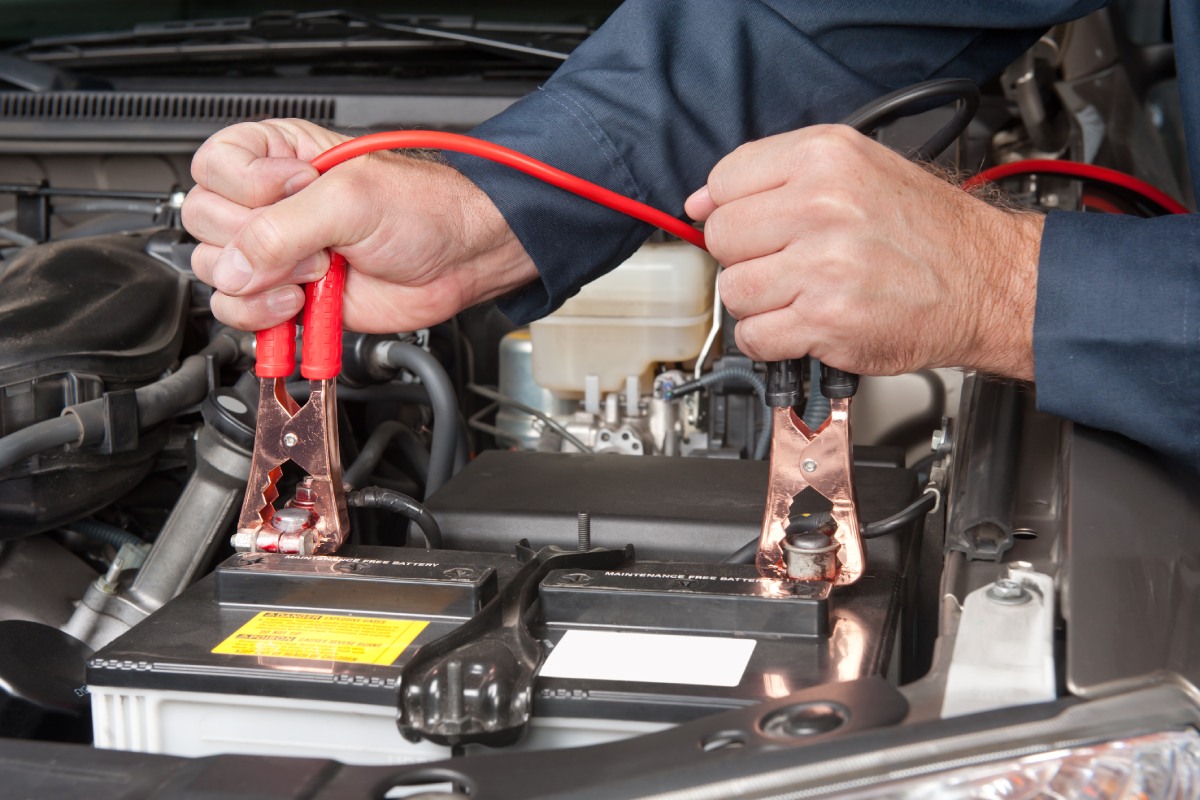
When talking about electricity, there are so many terms, different ways of measuring it, and criteria to remember. While the well-known band may place the letters AC and DC side by side, the initials actually refer to two somewhat historically opposing types of current that are used in alternate situations and times.
Here we will take a good look at what these terms refer to, and help to make clear where you would find them and how they are used.
What are AC and DC in electricity?
Alternating Current, or AC, and Direct Current, or DC, are both flows of electrical charge. DC flows in one direction only, while AC changes its direction over different periods of time, reversing the polarity and going in the opposite direction.
Both were developed at around the same time, with Thomas Edison using DC to power parts of the US in the 1880s. There were several issues with DC being used as the standard everywhere, namely that it is difficult to convert to higher or lower voltages and that it doesn’t travel as well over long distances.
Nikola Tesla, meanwhile, believed AC to be the solution to this. This became known as the War of the Currents. Over the next twenty years, AC slowly surpassed DC as the norm for powering the US, and then the rest of the world. This does not mean that DC has no uses, and indeed it has proven to be highly effective in certain areas in recent decades.
The technology now exists to convert DC to higher and lower voltages, and even to transport it over large distances with comparatively little energy loss. Instead of competing with each other, AC and DC will finally work in parallel, in different areas, and with their own products and purposes.
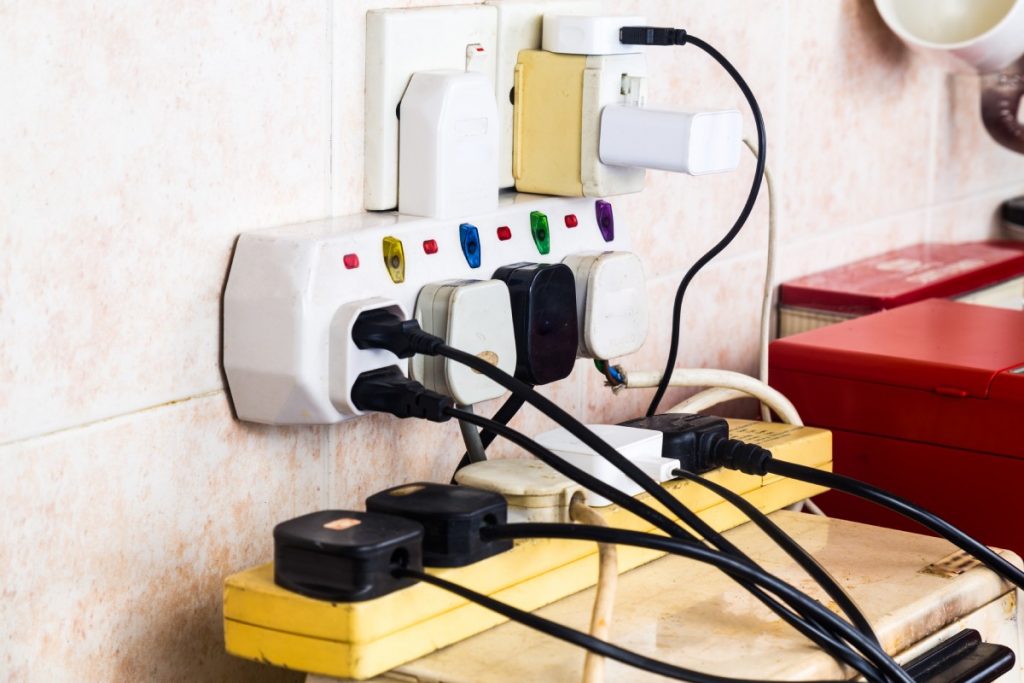
What is AC power used for?
Almost everything we use starts with AC power, though it sometimes may be converted to DC eventually. All power on the grid is AC, so when electricity is generated and distributed to your house, business, or device, it is AC power.
Anything that runs off the main power is therefore AC, and many of the electronic devices that you will use are either AC completely, or they get their power from the AC mains which is then converted into the DC power that they require.
Small and large appliances that are plugged into power sockets to work all use AC power, including hair dryers, refrigerators, washing machines, and so many others. Lights are also often powered by AC, so you can see how this type of current is by far the most used and pervasive in homes and businesses.
Even the instances where DC power is used instead still require a supply of AC power to recharge and get started, for example, laptops that are plugged in to charge but also have a battery take in AC power and convert it to the DC they need.
What is DC power used for?
The main use of DC power is anywhere that there is a need for the current to be stored. This primarily, of course, refers to batteries. As mentioned above, your laptop battery runs on DC power that is converted from the main AC power supply to give you what you need. All such devices have an internal converter to get the power they require in the correct form.
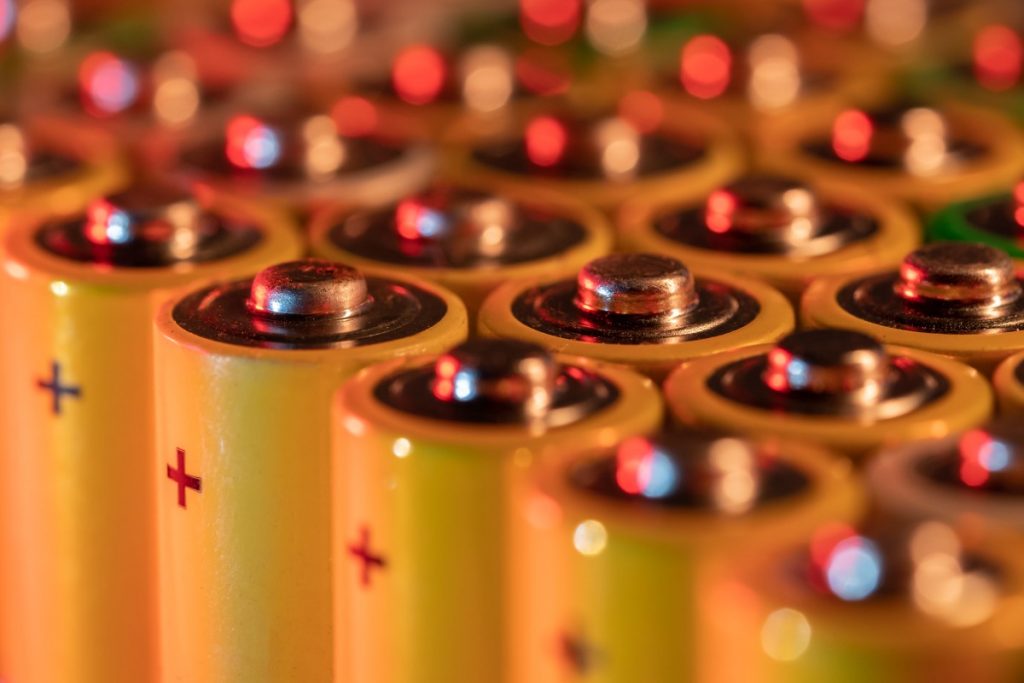
AC power cannot be stored in batteries while DC power is easily stored. Any device you can think of that is powered by battery, from flashlights to mobile phones to remote control, relies on DC power. While AC power has a huge number of applications, DC power is no less important in its ability to be stored, as well as other qualities, that make it the perfect choice for so many moments in our daily lives.
While batteries are still used to power most of the essential objects that we use all day, every day, you cannot charge these batteries without AC power, nor store them without DC, so the two types of current are needed to work hand in hand. AC may run most of the big flashy electronics in your life, but without DC where would you be without your mobile phones, laptops, and tablets?
DC power is as crucial as AC power in its own ways and uses, and the two types will continue to work together and in opposition to cater to all of your electronic needs.
Is a car battery AC or DC?
Car batteries, much like all other batteries, only produce DC power. If you wish for AC, you will have to add additional circuits to achieve the required result. That does not mean to say that AC power has no place in cars. Once again, it should be clear that AC is needed to recharge your batteries, giving them the DC power that they need to run your car.

Car batteries are absolutely essential to the running of your vehicle, and companies like G7 Battery work to produce the best batteries with the right amount of DC power to suit all your requirements. There is no cheap and easy way to store AC power, but DC can be stored without a fuss, and used as and when needed to power your car.
While cars run on DC power, you still require AC power to charge up the said battery, so once again we see the two types of power working in tandem to achieve results. One would not suffice without the other, so the war of the currents could arguably finally be over.
Summary
To Sum Up:
- Direct Current flows in one direction only while Alternating Current switches direction a certain number of times per minute.
- DC is used primarily in battery-powered devices as it can be stored easily, while AC is the power used by the mains and powers everything that is plugged into it.
- Car batteries are therefore DC, but require AC to recharge, showing how these two types of current can work in harmony.
If you need advice about your car battery or aren’t sure what the right one is for you, don’t hesitate to ask the experts and they will soon help you to make the best choice today.

 English
English 









